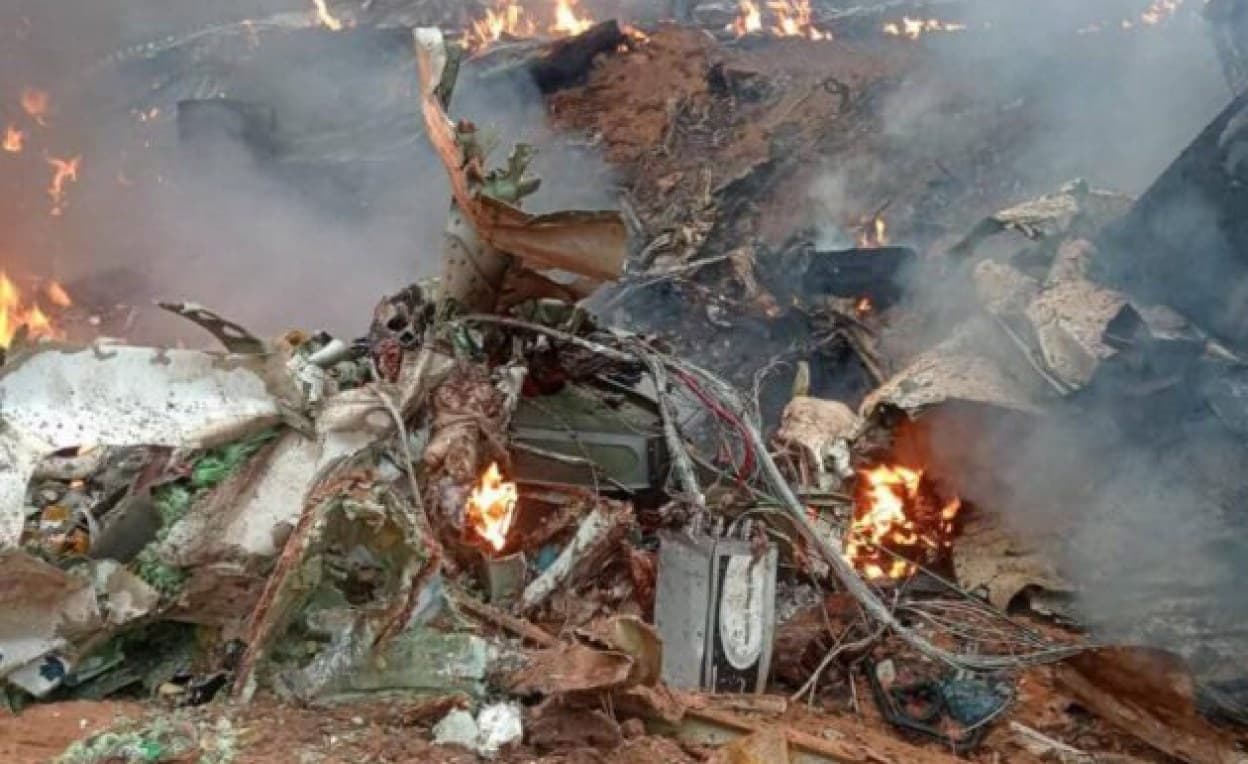We're loading the full news article for you. This includes the article content, images, author information, and related articles.
A safari-bound charter flight carrying European tourists crashed shortly after takeoff from Diani, claiming all lives and prompting an immediate investigation into Kenya's aviation safety standards amid severe weather.

KWALE, KENYA – Eleven people, including ten foreign tourists and a Kenyan pilot, were killed on Tuesday, October 28, 2025, after a Cessna 208B Grand Caravan aircraft crashed and burst into flames in Kwale County. The tragic incident, which occurred shortly after takeoff, has initiated a full-scale investigation by Kenyan aviation authorities and cast a spotlight on the safety of tourist charter flights in the country.
The aircraft, with registration number 5Y-CCA, was operated by the local charter company Mombasa Air Safari. It departed Diani Airport at approximately 8:25 AM EAT, bound for Kichwa Tembo Airstrip in the Maasai Mara Game Reserve, a popular tourist route. In a statement, Transport Cabinet Secretary Davis Chirchir confirmed that the Mombasa International Airport control tower lost contact with the aircraft at 8:35 AM EAT.
Mombasa Air Safari confirmed the fatalities in a statement, identifying the passengers as eight Hungarian nationals and two German nationals. The pilot was a Kenyan crew member. "Sadly, there are no survivors. Our hearts and prayers are with all those affected by this tragic event," the airline's chairman, John Cleave, stated on Tuesday. Hungarian Foreign Minister Péter Szijjártó later confirmed that the Hungarian victims included two families and an acquaintance, with two children among the dead.
The wreckage was located in a hilly and forested area in Tsimba Golini Ward, Matuga Sub-County, approximately 40 kilometers from the Diani airstrip. Eyewitnesses from the nearby Vyungwani village reported hearing a loud bang before seeing the aircraft engulfed in flames upon impact. "It was still very early when I heard a loud bang. I rushed to the scene and found that the plane had caught fire and there was no one we could save," resident Makopa Sazu told the Daily Nation on October 28.
Initial rescue and recovery operations were hampered by heavy rainfall and foggy conditions that blanketed the area on Monday night and Tuesday morning, making the terrain difficult to access. Images from the scene showed the smoldering, fragmented wreckage scattered across the hillside.
The Kenya Civil Aviation Authority (KCAA) and the Aircraft Accident Investigation Department (AAID) have commenced a comprehensive investigation into the cause of the crash. KCAA Director-General Emile Arao confirmed that government agencies were on site to establish the cause and impact of the accident. CS Chirchir assured the public of a "transparent, thorough, and independent investigation" in line with international standards.
While the official cause is yet to be determined, preliminary reports and witness accounts point towards adverse weather as a potential contributing factor. The incident has renewed concerns over the safety of light aircraft, which form the backbone of Kenya's tourism industry, connecting coastal resorts to inland safari parks. This year has seen a number of aviation incidents. On June 14, a Kenya Defence Forces (KDF) training aircraft crashed in Kinango, Kwale County, killing two officers. In August, an Amref Flying Doctors plane went down near Wilson Airport, resulting in six fatalities.
The aircraft involved in Tuesday's crash was a 2007 model, which had been operated by Mombasa Air Safari since March 2013 and had a history of flying in the region without major incidents recorded. The Cessna Grand Caravan is widely regarded in the aviation industry as a reliable utility aircraft, known for its ability to operate from short and unpaved airstrips common in safari destinations.
As investigations continue, the crash serves as a tragic reminder of the risks inherent in aviation and is expected to bring increased scrutiny on operational safety protocols, particularly concerning weather-related decision-making for regional carriers vital to Kenya's tourism economy.
Keep the conversation in one place—threads here stay linked to the story and in the forums.
Other hot threads
E-sports and Gaming Community in Kenya
Active 6 months ago
Popular Recreational Activities Across Counties
Active 6 months ago
The Role of Technology in Modern Agriculture (AgriTech)
Active 6 months ago
Investing in Youth Sports Development Programs
Active 6 months ago